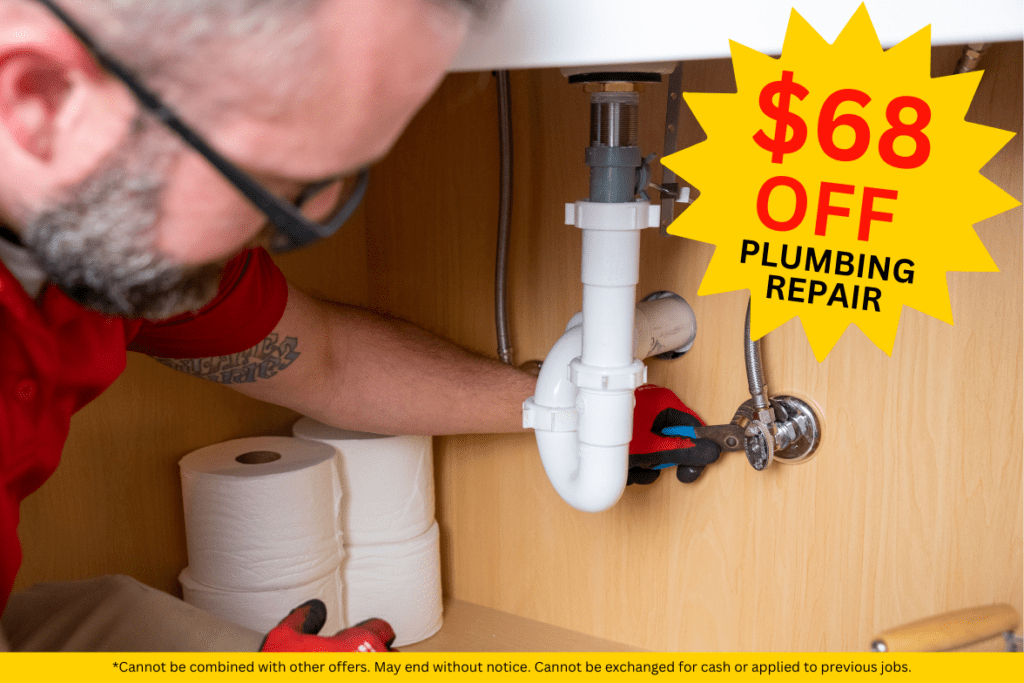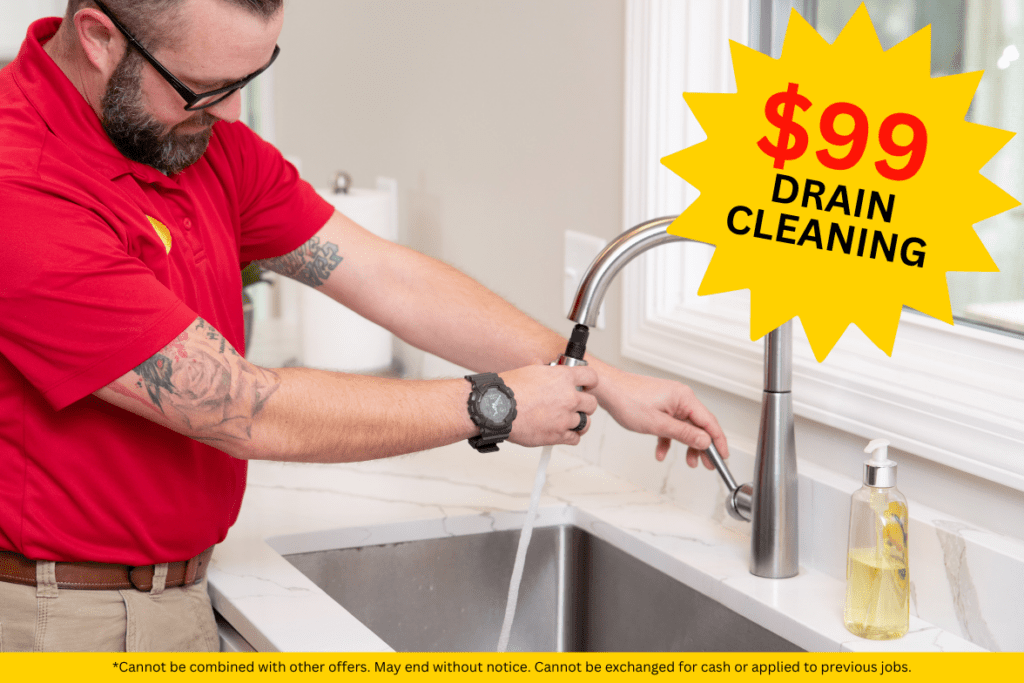Water Heater
Member Pricing From Just: $30.02/mo
Service Details
- Expert Installation
- Energy-Efficient Units
- Prompt Scheduling
- Transparent Pricing
- Comprehensive Cleanup
You May Also Like
About Water Heater Services
Upgrade the energy efficiency of your home and save $109 with our new water heater installation offer! Our team of certified plumbers will ensure expert installation with extensive warranties, tailored to meet your household’s specific needs. We prioritize prompt scheduling to minimize disruption to your daily routine. Upon arrival, our uniformed professionals will conduct a thorough assessment, provide a detailed explanation of the installation process, and offer transparent pricing without hidden fees. We guarantee that no work will commence until you have approved the plan, and payment is collected only upon successful completion of the service. After installation, we perform a comprehensive cleanup, leaving your home as tidy as we found it.
Service Details
- Expert Installation
- Energy-Efficient Units
- Prompt Scheduling
- Transparent Pricing
- Comprehensive Cleanup
FAQ's
The average cost ranges from $900 to $4,000, depending on factors like unit type, labor costs, and warranty length.
Options include traditional tank models and tankless units, each with varying efficiency levels and costs.
Typically, installation is completed within a few hours, but this can vary based on the unit type and site conditions.
Yes, they can reduce energy consumption and lower utility bills substantially over time.
Yes, our installations come with comprehensive warranties for your peace of mind.
Absolutely, we offer flexible scheduling to accommodate your availability.
No data found for the provided Place ID.
The above pricing is based off of a 30/40/50 Gallons Electric Replacement w/ 6-year warranty, includes expansion tank, using Service Finance for an 180 month term, 6.99% Rate with autopay, on a .89% payment factor. This offer is based on membership pricing and cannot be used on past work, combined with other offers, exchanged for cash. Offer may end without notice.











